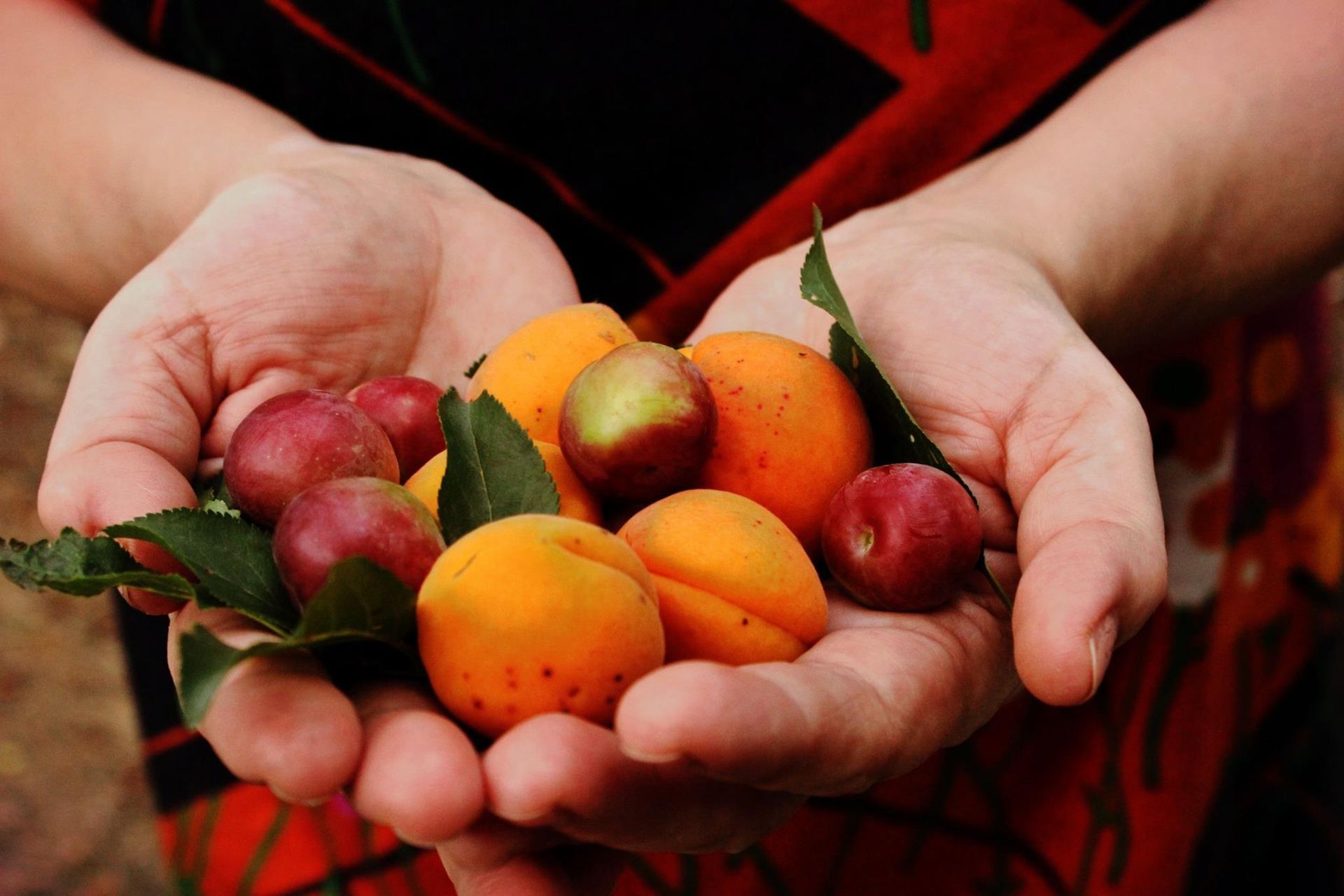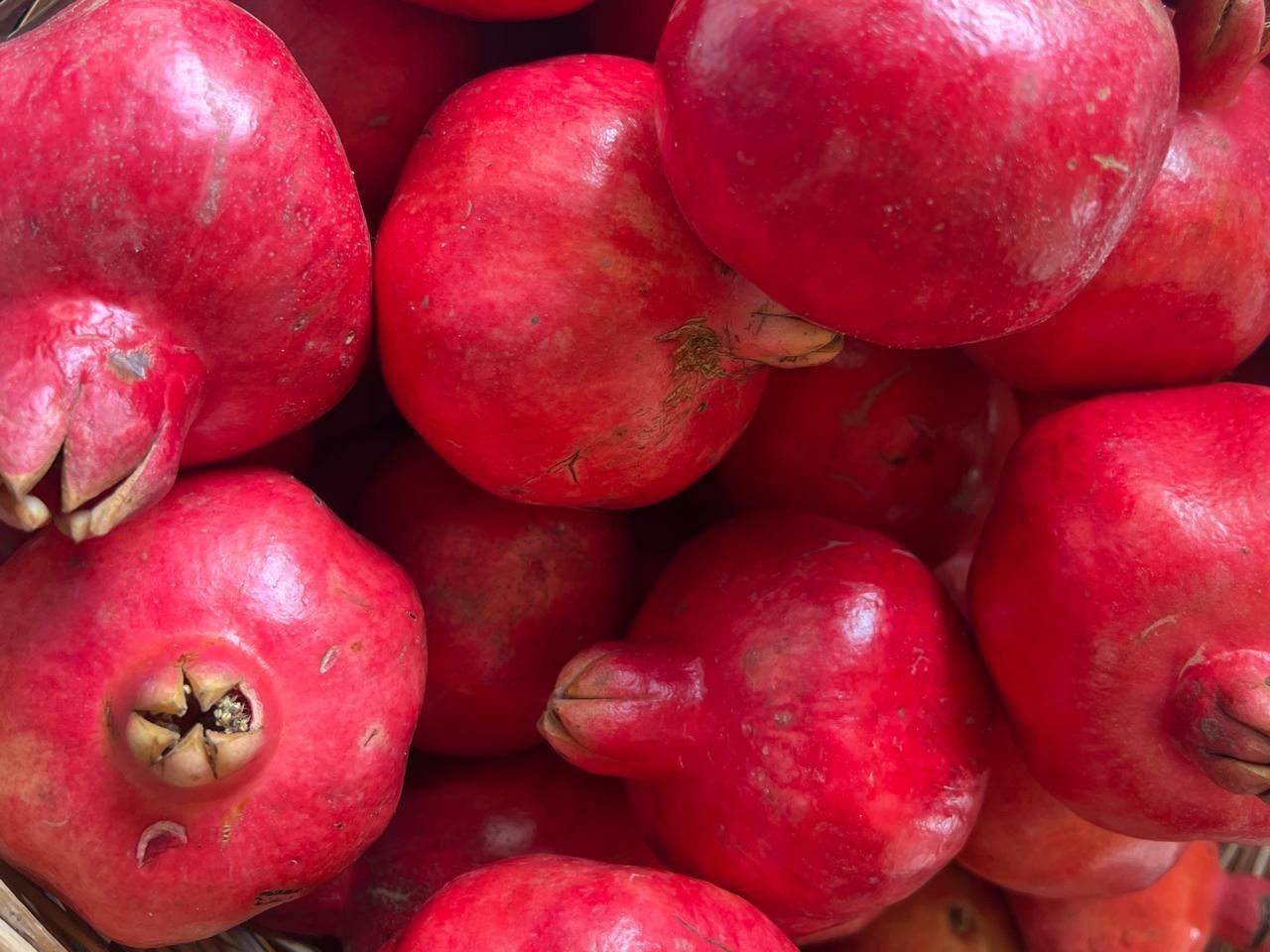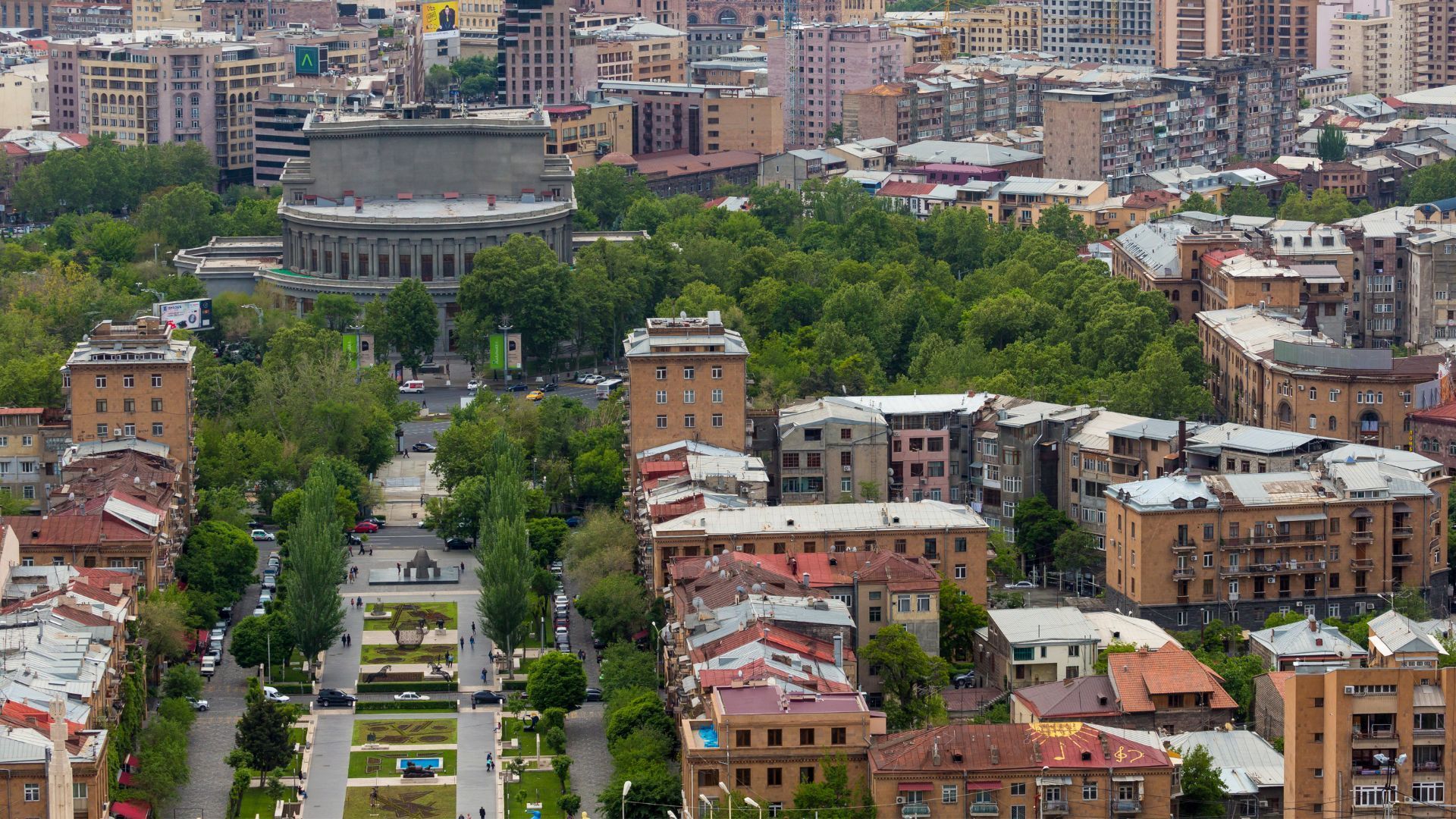The Armenian Apricot
Armenian Apricots: A Golden Legacy Rooted in History

Armenia, often referred to as the cradle of civilization, is the birthplace of one of the world’s most cherished fruits: the apricot. Known scientifically as Prunus armeniaca, or "Armenian plum," this luscious fruit carries not just the flavor of summer but also the weight of history, culture, and pride for the Armenian people.
The Armenian Apricot: A Taste of Heritage
Apricots have been cultivated in Armenia for over 3,000 years, thriving in the region’s fertile soil, sun-soaked climate, and high-altitude orchards. This unique environment contributes to the fruit’s rich flavor profile: sweet, tangy, and bursting with natural sugars. Armenian apricots are often described as golden jewels, with their velvety skin ranging from pale yellow to deep orange, occasionally adorned with a blush of pink.
The symbolic importance of apricots in Armenia is profound. They are a cultural emblem, often featured in traditional songs, art, and literature. The fruit even inspired the choice of the vibrant orange stripe on the Armenian flag, symbolizing the creative and hardworking spirit of the nation.
The Magic of Apricot Blossoms
Long before the juicy fruit graces Armenian markets and tables, the apricot trees burst into life with delicate blossoms. Apricot blossoms are among the earliest harbingers of spring in Armenia, usually appearing in March or early April, depending on the altitude and weather conditions.
The sight of apricot trees in bloom is nothing short of breathtaking. Against a backdrop of snow-capped mountains and awakening greenery, the trees are adorned with clusters of white and pale pink flowers, creating an ethereal landscape. The blossoms’ faint, sweet fragrance fills the air, inviting both locals and visitors to pause and admire nature's artistry.
This fleeting season is deeply cherished, as it marks the renewal of life and the promise of an abundant harvest. However, it’s also a delicate time; late frosts can devastate the blossoms, reminding Armenians of the fragility and resilience intertwined in their agricultural traditions.
A Fruit with Global Reach
Armenian apricots have transcended their borders, finding their way into international markets and the hearts of fruit lovers worldwide. While many apricots sold globally are hybrids, the varieties grown in Armenia remain unmatched in flavor and quality.
Dried apricots, a staple in Armenian cuisine, are particularly prized for their natural sweetness and deep amber hue. They are used in traditional dishes, paired with nuts and honey, or simply enjoyed as a nutritious snack.
Visiting Armenia During Blossom Season
For those lucky enough to visit Armenia during the apricot blossom season, it’s a feast for the senses. Orchards across the country, particularly in the fertile Ararat Valley, offer stunning vistas of blooming trees framed by the majestic Mount Ararat in the distance.
Farmers and locals often welcome visitors to witness this enchanting season, sharing stories about their deep connection to the land and the fruit that has sustained their ancestors for centuries.
Conclusion
Armenian apricots are more than just a fruit—they are a symbol of resilience, beauty, and cultural heritage. From the first tender blossoms to the golden harvest, their journey mirrors the spirit of the Armenian people: rooted in history, thriving under challenging conditions, and offering the world a taste of their unique legacy.
If you ever have the chance to savor an Armenian apricot, know that you’re experiencing a piece of history, nurtured by the land and cherished by generations. And if you’re lucky enough to see the blossoms in spring, you’ll witness the timeless beauty that inspires this nation’s enduring love for its golden fruit.







